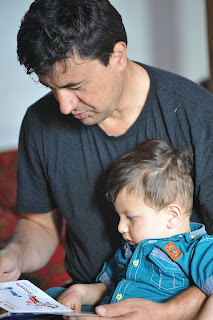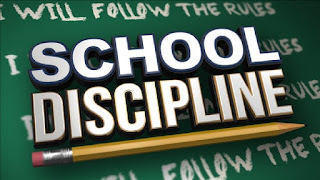Testing and Feedback: Slow down and provide enough time for students to work with feedback

In one of my posts ( here ) I talked about how feedback can be useful to develop a growth mindset. Here I will demonstrate as how we can use testing strategy to provide in-depth feedback, work with students and consequently developing a growth mindset. Testing students without feedback and without giving proper time to discuss the feedback is just time wasted teaching a topic. While acknowledging that testing is not the only way of feeding back to improve students learning, here I take testing as one possible case of how to develop deep learning through feedback. I would like to start with a case in a science classroom: Ms R is teaching the topic “Cells and Tissues” to class 6 th . She has almost finished teaching the topic and today she completes the remaining few bit in half a lesson. In the second half of the lesson, she asks students to prepare for an upcoming test. She thinks that since she has taught all the content related to the topic, students should be able to prepare



